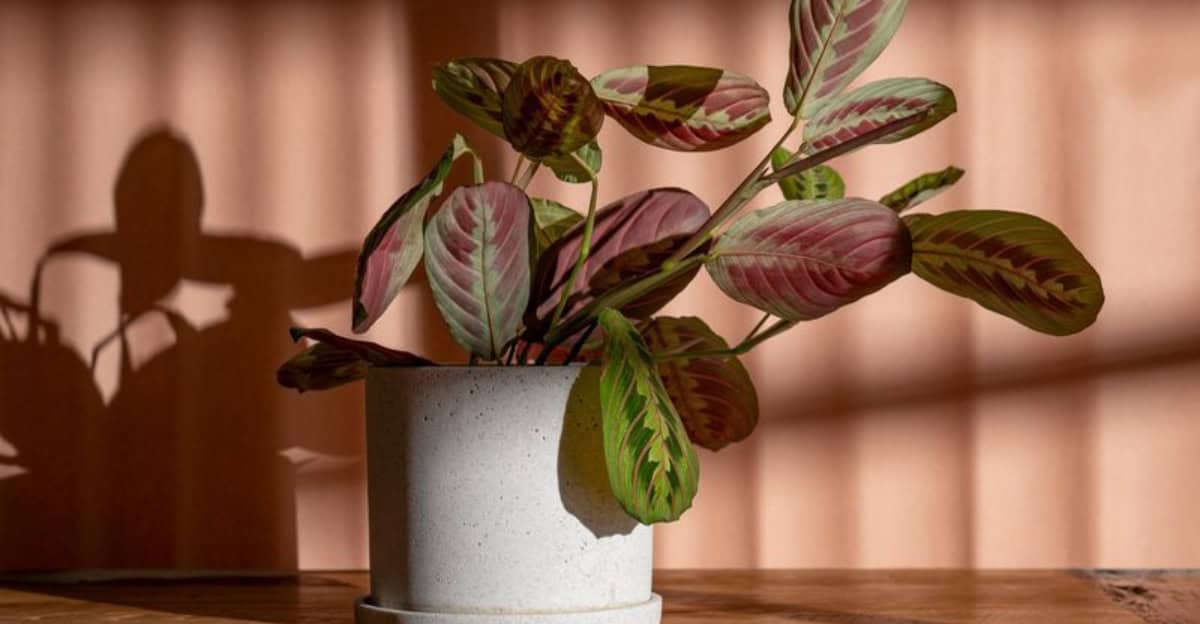Calathea plants are known for their vibrant foliage and intricate patterns, making them a favorite among indoor plant enthusiasts.
However, they require specific care to thrive. In this article, we delve into 10 expert tips to ensure your Calathea flourishes.
From understanding their water needs to optimal lighting conditions, these insights will transform you into a Calathea expert.
1. Understanding Humidity Needs

Calatheas thrive in humidity. Imagine a tropical rainforest—their natural habitat. Mimic this environment at home with a humidifier.
Place it nearby and set it to maintain a cozy mist. This keeps the leaves hydrated and vibrant.
Additionally, grouping plants together can create a microclimate. Remember, a dry environment can lead to crispy edges.
2. Appropriate Watering Techniques

How much water is enough? Calatheas prefer moist but not waterlogged soil. Allow the top inch to dry before watering again.
Overwatering? A big no! It can cause root rot. Use rainwater or distilled water to prevent mineral buildup.
This ensures healthy growth. Check drainage—pots with holes are ideal for these beauties.
3. Optimal Lighting Conditions
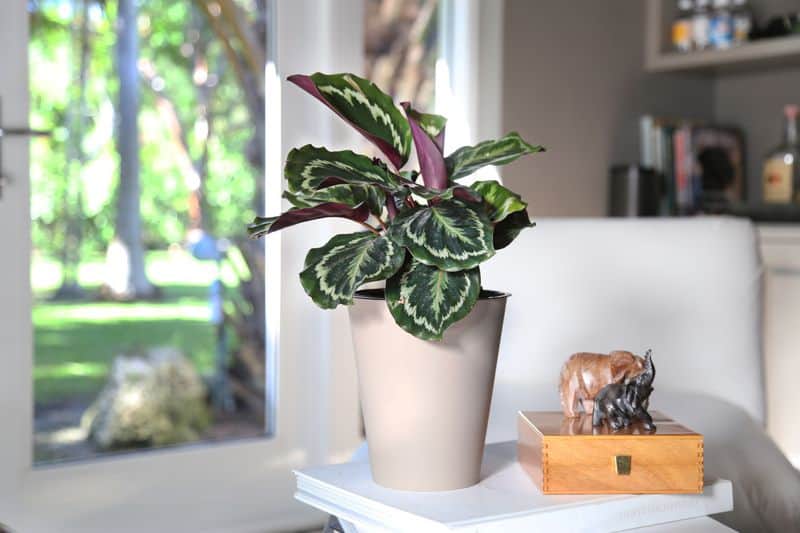
Calathea loves bright, indirect light. Direct sun can scorch its leaves. Think of a spot with filtered sunlight, like behind sheer curtains.
This mimics the dappled light of its natural forest floor. Too little light results in faded leaves.
Experiment with placement to find the sweet spot. Your plant will thank you with vibrant foliage.
4. Choosing the Right Potting Mix
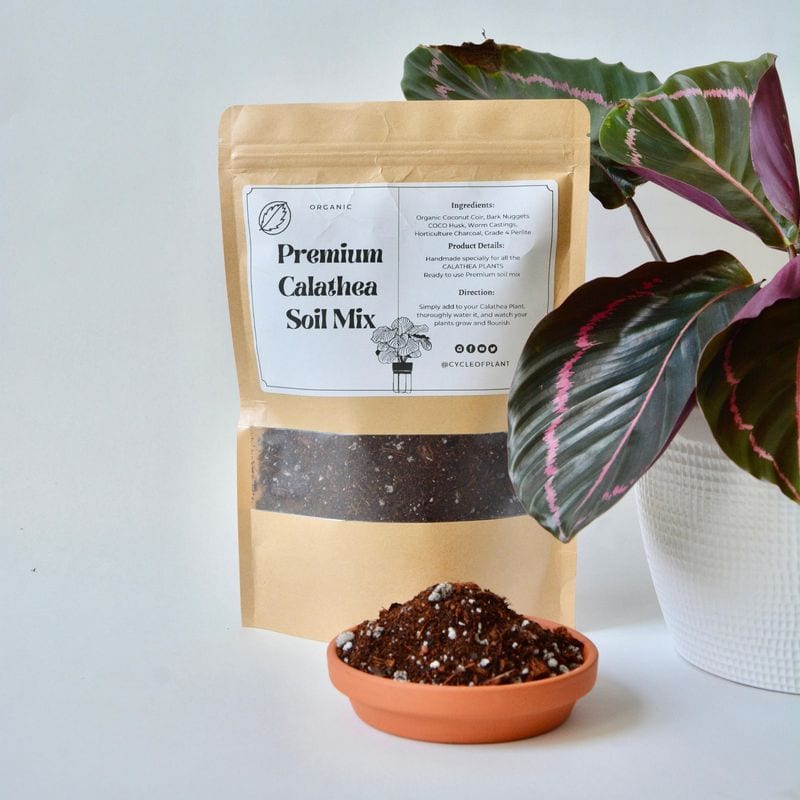
Selecting the right soil mix can make or break your Calathea’s growth. A peat-based mix with good drainage is ideal.
Add perlite or orchid bark for aeration. This prevents compaction and promotes healthy roots.
Avoid heavy, clay-rich soils. They retain too much moisture. A well-draining mix supports the plant’s overall health and vigor.
5. Regular Pruning for Health
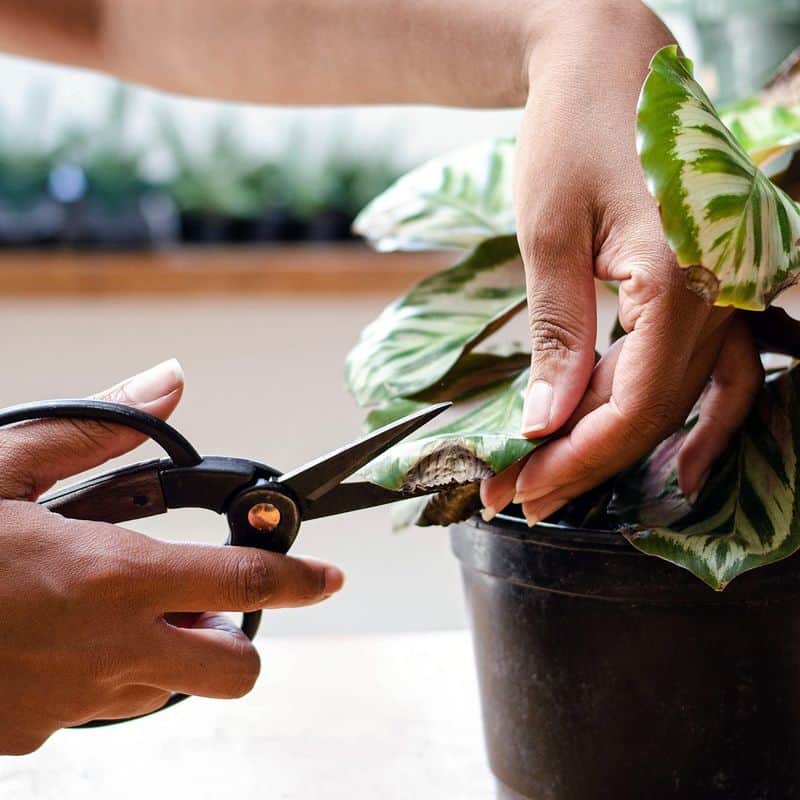
Pruning keeps Calathea looking its best. Regularly trim away yellow or brown leaves. This encourages new growth and maintains a tidy appearance.
Use sharp, clean scissors to prevent damage. Inspect for pests while pruning.
This act of care not only enhances its beauty but also boosts its vitality. Make pruning a routine for a thriving plant.
6. Understanding Temperature Needs
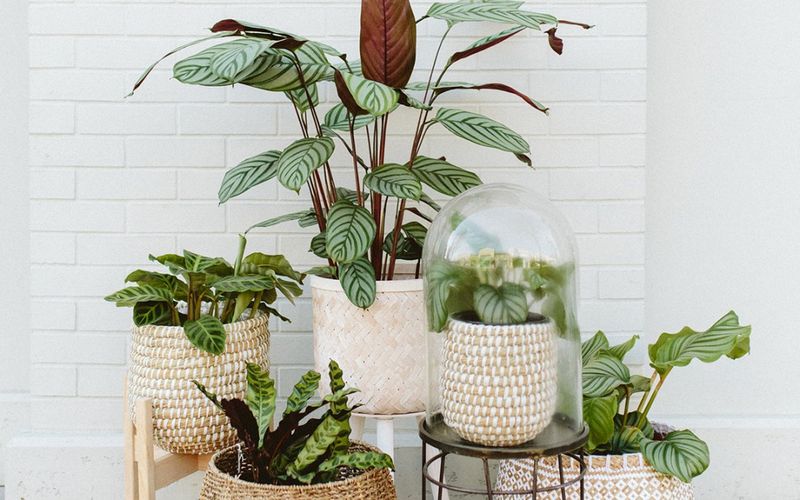
Temperature plays a vital role in Calathea care. These plants prefer warmth, around 65-80°F. Avoid cold drafts and sudden temperature changes.
Such conditions stress the plant. In winter, ensure it’s away from windows with frosty air.
A stable temperature fosters healthy growth. Maintaining this balance is key to their well-being and longevity.
7. Feeding and Fertilizing
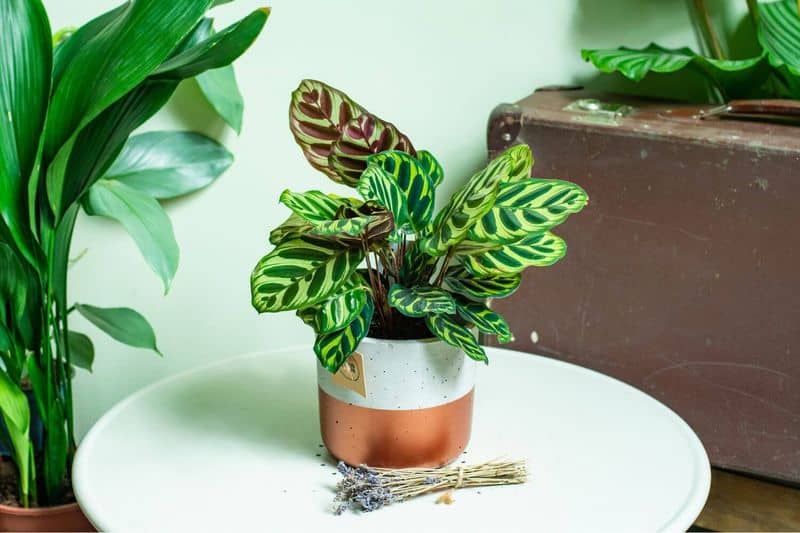
Nourish your Calathea with the right fertilizer. Opt for a balanced, water-soluble formula. Feed during the growing season, spring through summer.
Over-fertilizing? Avoid it! It can harm the plant. Instead, diluted feeds every few weeks work wonders.
This boosts leaf color and growth. Observing feeding schedules ensures a lush, healthy plant.
8. Repotting for Growth
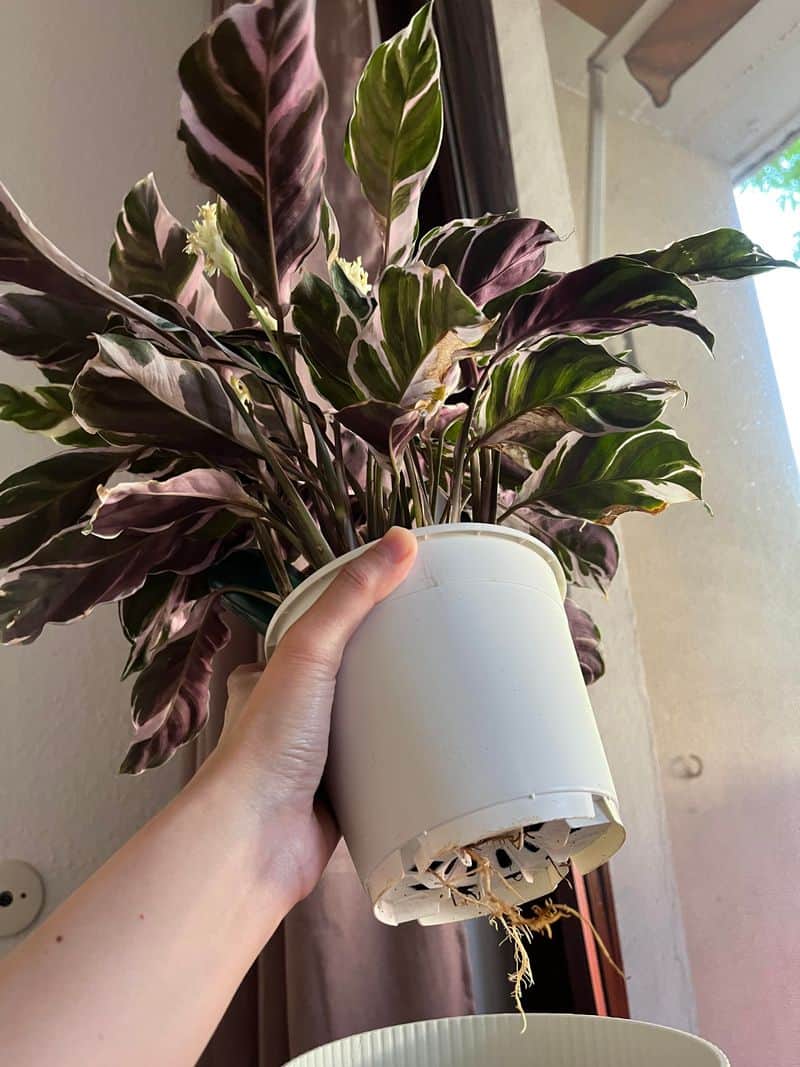
Repotting is essential as your Calathea grows. Every 1-2 years, move to a slightly larger pot. This gives roots space to expand.
Fresh soil revitalizes the plant. Handle with care to avoid root damage. Observe for signs like roots peeking from drainage holes.
9. Pest Management Strategies
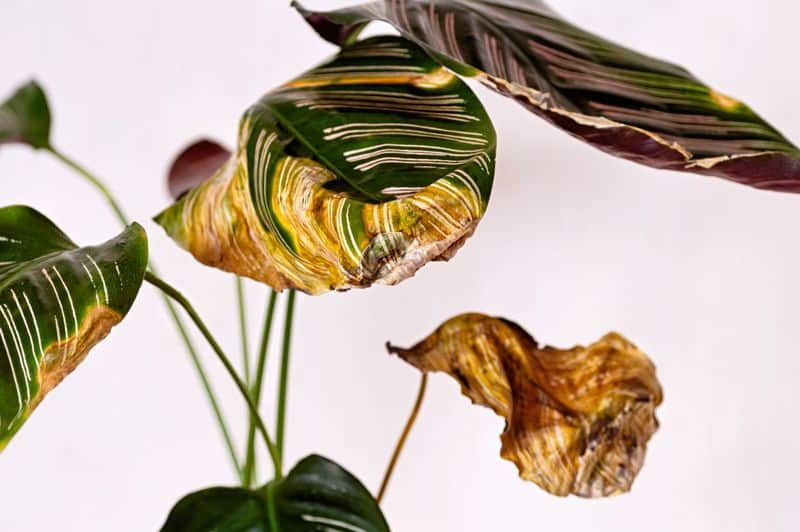
Pests can be a bane for Calatheas. Regularly inspect leaves for signs. Sticky residue? Watch for scale or spider mites.
Natural predators like ladybugs help. Neem oil is an effective remedy. It deters pests without harming the plant.
Consistent checks and appropriate treatments keep your Calathea healthy and pest-free.
10. Encouraging Leaf Movement
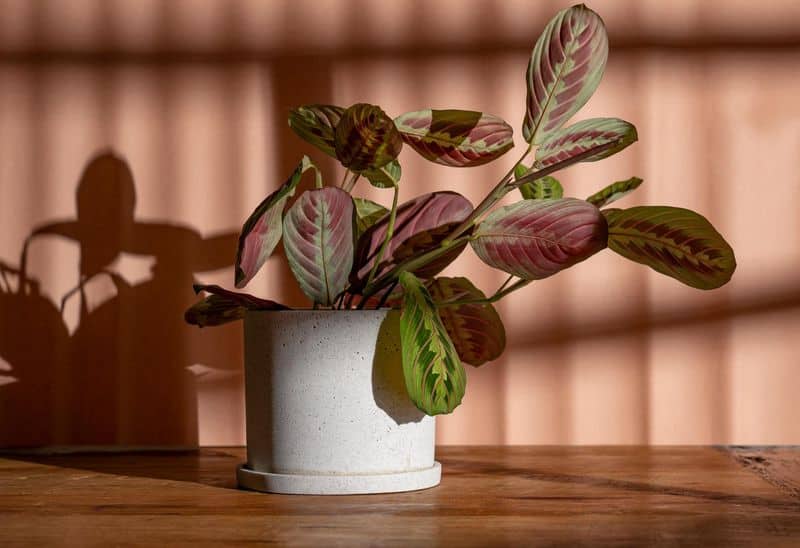
Calathea leaves move with the light. This movement, nyctinasty, signals health. Position your plant to enjoy evening and morning light.
Witness leaves rising and falling with the sun’s rhythm. It’s a living dance of vitality. Observing this can be meditative.
Cultivating such an environment supports not just growth, but renews your plant’s life.

